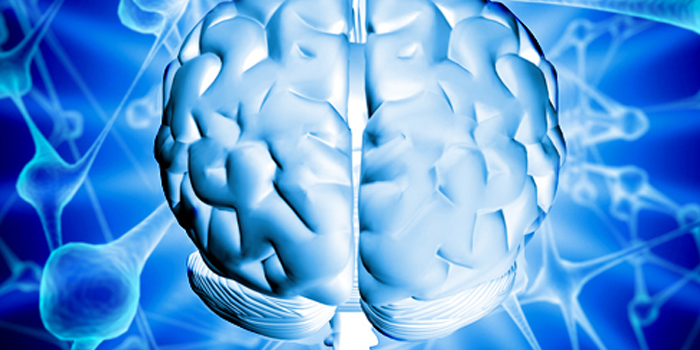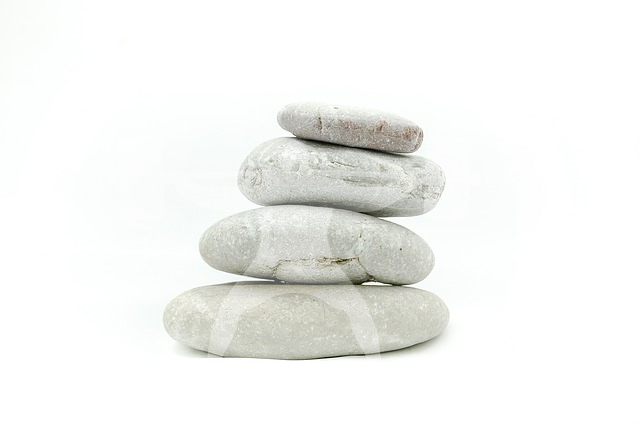
As a strength and conditioning coach, your job is to get results. Your job is to get guys bigger, stronger and more powerful. Even harder yet, your job is to get them excited to work hard. How do you do that? You get yourself going. I know the cocktails of stimulants that I ingested before training sessions to get myself going so I could get my athletes fired up. I can only imagine what others have taken. Back in the day, I remember combining energy drinks with energy powders to get ready for the football team's training session. I would be running around like I was possessed. But that isn’t all. You have to keep going for all the other training sessions and then keep going for writing programs and then keep going for everything else your job entails. When does it end?
Let’s briefly go back to the article on the mechanics of recovery. You're always on, going as fast as possible. If you don’t get off the Autobahn every now and then, your Ford Focus will break down and leave you stranded. This article is about another tool to help bring you off the speedway and help you rest and recover so that you can maintain a high level of coaching, not get burned out and hopefully stave off some health problems.
Meditation has become more popular recently. It has been gaining traction in several different means through things such as “mindfulness-based stress reduction.” This is actually a tool that can be utilized by not only athletes but strength and conditioning practitioners.
RECENT: How to Know If You Should Be Using VBT
Meditation has been found to restore parasympathetic autonomic nervous system tone. If we briefly recall, the autonomic nervous system has two sides: the sympathetic and the parasympathetic. The sympathetic side has the fight or flight mechanism. When this is triggered, adrenaline is released and you have some of the same reactions that occur when you hear about a car falling on a child and the mother flipping it off of him. The sympathetic nervous system allows you to go harder, stronger, faster and longer than otherwise normally possible. It's what gives you that “good” feeling when you ingest caffeine. The parasympathetic branch is the rest and digest side of it. It allows you to calm down, relax and rebuild yourself for the next time the sympathetic is needed.
Realizing this, we need to float between the two states as strength and conditioning coaches—sympathetic during coaching and parasympathetic to recover between coaching sessions. Meditation is a great way to switch over that gear. Several studies have found that meditation engages that parasympathetic branch and allows you to start the recovery process (1–8). While it is believed that the body will do this on its own, it often doesn't happen that way. In fact, from thinking about work and other things, you often keep your mind stuck in the sympathetic state, as explained thoroughly by Zapulsky in Why Zebras Don’t Get Ulcers. Humans are funny because we sit on things, ruminate about them and allow them to eat away at our insides to the point where we can’t do anything but think about them.
I’m probably one of the world's worst at this. It doesn’t matter what my job is. I take it with me everywhere I go whether that's home, a party or vacation. I have a hard time separating myself from it. Eventually, I get so many different things going on in my head at one time that I have a hard time thinking about anything or remembering anything. Then things start moving so fast that it causes more stress. The stressing about the stress causes another stress. Eventually, I have to step into my own mind and stop everything or else it will drive me crazy. This is where meditation has entered my life and has been doing great things for me.
Regardless of the form it comes in, meditation is essentially a defrag for the brain. Most people know that if they've had too many things open for too long, their computer doesn’t know where to go anymore and it spends a lot of time processing. Running the defragmenter on the computer puts everything back in its place. It allows the computer to know where everything is again and quickly go get it the next time it's needed. Meditation does this for your brain. The thoughts that are running around in it are filed away and put where they need to be. The monkey playing around in there and throwing stuff randomly in the air is quieted, and the librarian comes in and files everything away. In another sense, my mind stops and it’s beautiful.
To my understanding, one of the main mechanisms that helps with meditation is the involvement of the vagus nerve. The vagus nerve is a cranial nerve often referred to as “the master nerve.” It is involved in breathing, digestion, heart rate and, you guessed it, autonomic function. When engaging in meditation, you work to control and slow down your breathing, heart rate and thoughts. When you slow these down, the vagus nerve reflexively calms everything else down. When everything slows down, you see a reduction in stress, an increase in clarity and an increase in variability of the heart rate (which is a good thing unlike an irregular heartbeat). Your body can now go and restore itself for the next thing that it encounters. Think about it this way—if you can start your recovery sooner, why wouldn’t you? If you could increase the ability of the body to recover and thus have a better subsequent training session, why would you want to take a shorter one?
MORE: Important Steps to Reach Your Goals
So how does one meditate? Well, to quote iTunes, “There’s an app for that.” No, really, there is. Actually, there are several. Once we realize that mindfulness is just another form of meditation, there are tons of apps out there that do some great things for coaches. Personally, I've utilized three: the Mindfulness app, the Mindfulness II app and Headspace. Each of these has multiple different means of meditation such as body scans and mindfulness practices as well as focusing on breathing. Find the one that works best for you.
I really like the Headspace app because it starts out slowly at just 10 minutes. If you can’t find 10 minutes in your day, you're a liar and you’re probably looking at Facebook too much. If you just cut that out, you’ll probably save hours. The Headspace app has several different levels and meditations for very specific items. There are hundreds of apps out there though. Which is the best one? The one that you like best and that you'll use the most often. If you get bored, that’s OK. There are other ones. Just keep doing it.
Meditation and mindfulness are two of the simplest tools you can use to improve your recovery and quality of life. If you can get your mind to slow down and your body to recover, you'll become strong(er) of body and strong(er) of mind.
References
- Amihai I, Kozhevnikov M (2015) The Influence of Buddhist Meditation Traditions on the Autonomic System and Attention. BioMed Research International 731579.
- Deo G, Itagi RK, Thaiyar MS, Kuldeep KK (2015) Effect of anapanasati meditation technique through electro photonic imaging parameters: A pilot study. International Journal of Yoga 8:117–21.
- Jerath R, Barnes VA, Crawford MW (2014) Mind-body response and neurophysiological changes during stress and meditation: central role of homeostasis. Journal of Biological Regulators and Homeostatic Agents 28:545–54.
- Kamath C (2013) Analysis of heart rate variability signal during meditation using deterministic-chaotic quantifiers. Journal of Medical Engineering and Technology 37:436–48.
- Khalsa SS, Rudrauf D, Davidson RJ, Tranel D (2015) The effect of meditation on regulation of internal body states. Frontiers in Psychology 6:924.
- Krygier JR, Heathers JA, Shahrestani S, Abbott M, Gross JJ, Kemp AH (2013) Mindfulness meditation, well-being, and heart rate variability: a preliminary investigation into the impact of intensive Vipassana meditation. International Journal of Psychophysiology: Official Journal of the International Organization of Psychophysiology 89:305–13.
- Lee YH, Shiah YJ, Chen SC, Wang SF, Young MS, Lin CL (2015) Improved emotional stability in experienced meditators with concentrative meditation based on electroencephalography and heart rate variability. Journal of Alternative and Complementary Medicine (New York) 21:31–39.
- Sukhsohale ND, Phatak MS (2012) Effect of short-term and long-term Brahmakumaris Raja Yoga meditation on physiological variables. Indian Journal of Physiology and Pharmacology 56:388–92.











